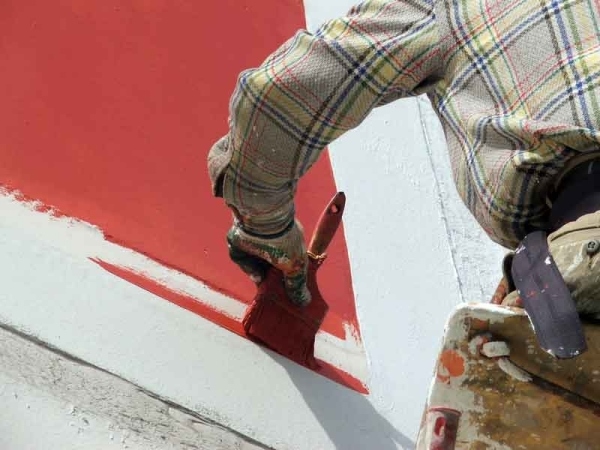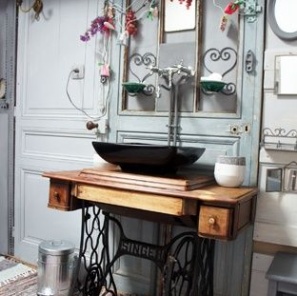Energy Saving Paints
Today, energy-saving is one of the most pressing issues in the field of construction. And this is understandable, because currently the world and public pay much attention to the problem of energy saving – insulation of houses, buildings, pipelines and other construction and engineering designs.
Energy Saving Paints – New Generation Heat-Insulating Coating

Energy-saving paint
One of the latest developments that has emerged in the construction market is the energy-saving (insulating) paint – a product designed not only to reduce heat loss in the house, but also to prevent many other negative occurrences.
Energy-saving paint is a new generation of composite material, which was invented in the 70’s of the XX century by American engineers, who created Shuttle spaceships. The main goal of the scientists was to create a new cutting-edge material that could withstand both the low temperatures in space and high temperature conditions during the passage of the ship through the atmosphere.
As a result of multiple tests, a new material was developed – a power-saving paint consisting of polymer matrices and fillers in the form of a special microscopic hollow particles (microspheres). Appearance of the microsphere resembles powder. General features of an energy-saving paint depend on the size of the particles, their number in the paint and the material of which they were made.
Energy-saving properties of the coating are provided by polymerization of the composition. After drying it is converted into elastic and dense membrane material. Microspheres in a membrane reflect and dissipate the heat streams received on the painted surface. They are capable to reflect 80% of visible sunlight and about 90% of infrared radiation. Thus, energy-saving paint acts as a “climate control”, preventing the cold in the winter and heat in the summer.
Modern energy-saving paint is antistatic, hypoallergenic, does not require labor-intensive assembly work, resistant to weather and UV radiation, has high decorative properties and long-lasting (10 years and more). These paints can be applied to various types of surfaces: drywall, wood, metal, brick, and concrete. The energy-saving paint layer of 0.03 inches thick has the same insulating properties as a heater consisting of mineral 1 inch thick wool.
Energy-saving paint is used for painting the exterior and interior surfaces of industrial and residential buildings, loggias, cornices, balconies, slopes, rooftops, sheds, refrigerators, containers, trailers, and garages. These paints should be used in poorly heated, moist areas like bathrooms, locker rooms, showers, as well as in areas with special temperature and humidity conditions like pools and freezers.
Alicia Kim
Latest posts by Alicia Kim (see all)
- Living Room Bar Ideas - August 29, 2014
- Bar in Living Room Interior - August 29, 2014
- Color Selection Ideas - August 28, 2014
Leave a Reply



 Color
Color Design Style
Design Style Small Space
Small Space Useful Tips
Useful Tips

